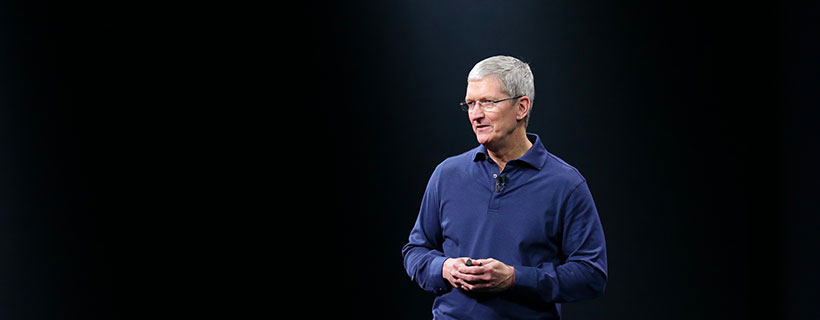Friday’s news of Apple’s permit to test self-driving cars in California should not have come as much of a surprise given the poorly kept secret of Project Titan. But the permit begs the question of whether Apple is building a car or just building software for a car.
Apple’s overarching philosophy has been to own both the hardware and software to create superior product experiences. Typically, this means owning the technology stack from end to end for a given product; for example, Mac + macOS, iPod + iTunes, and iPhone + iOS; however, sometimes the company stops short of owning the entire experience. The Apple TV requires a third-party television panel, although we would argue that is the equivalent of plugging your Mac into a third-party monitor. Once the Apple TV is engaged, the experience is all Apple. Unlike a television, a car is not just a dumb panel. Modern vehicles require a tremendous amount of sensors and other electronics that monitor the exterior and interior. In an ideal world, Apple’s car project would involve the company building the actual automobile, combining hardware and software. In reality, the complexity of designing and manufacturing a vehicle may push the company to integrate deeply with an automotive partner or partners in an effort more similar to the Apple TV — plugging Apple’s technology into an existing product.
From a software standpoint, building an automotive product beyond CarPlay is a no-brainer. Apple has one of the better stacks of necessary components to build a great car OS:
- Entertainment: iTunes/Apple Music
- Assistance/Voice: Siri
- Navigation/Local: Apple Maps
- Image Processing/Recognition (Autonomous Driving): iPhone Camera
- Security: Touch ID
- Third-party Software: App Store (potential for OTA software updates)
Despite the obvious software advantages, the auto market poses challenges that Apple may not be able to overcome on the hardware side, i.e. building the car end-to-end. First and foremost, Apple would likely need to find a manufacturing partner because it is not a manufacturing company, but a design company. Foxconn and other manufacturing partners build iPhones, iPads, and Macs to Apple’s specs. A company like Magna Steyr may be a capable of building a car to Apple’s design specs. Aside from finding a partner, we note that the typical automotive design process takes 5-7 years. Even on an accelerated time table, Apple is likely multiple years away from a completed hardware design for a car. Finally, Tesla and Google have a multi-year lead on Apple in developing autonomous vehicle capabilities, including the associated testing mileage. We see autonomous driving capabilities as a key factor in auto desirability over the next five years.
Apple is almost certainly exploring how it could build an entire car, but as we learned the hard way with an Apple television, exploration does not mean a product comes to market. Apple is the best connected device maker in the world and the car is the biggest connected device in the world. There is a natural fit in the self-driving car market if Apple can figure out how to get past the challenges of making the hardware.
Disclaimer: We actively write about the themes in which we invest: artificial intelligence, robotics, virtual reality, and augmented reality. From time to time, we will write about companies that are in our portfolio. Content on this site including opinions on specific themes in technology, market estimates, and estimates and commentary regarding publicly traded or private companies is not intended for use in making investment decisions. We hold no obligation to update any of our projections. We express no warranties about any estimates or opinions we make.
